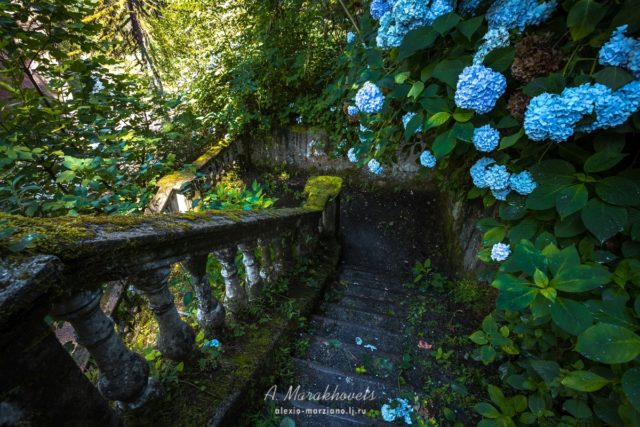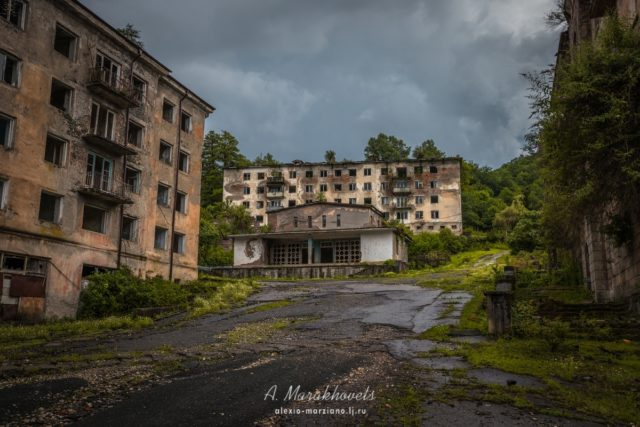It is in this location that the ghost town of Akarmara, a former mining village, is located. It stands 18 kilometers (11 miles) away from the city of Tkuarchal.
The Tkuarchal district is located in Abkhazia and is one of the smallest areas of this country. As of 2018, the population of the district was 16,400 people.
Akarmara village was established in 1938. Initially, it was founded as a settlement mainly for employees of coal mines in the Tkvarcheli district.
In 1942, Akarmara and other villages in the area were administratively merged with the city of Tkvarcheli.
As a result, Tkvarcheli became a composite city, not a single sprawling urban area but a city made up of traditional Abkhazia villages interspersed by forests and mountain ranges. Akarmara became just one of the districts in the city.
The city’s industry, and Akarmara’s in particular, mainly centered around coal mining.
During World War II, thousands of German soldiers and officers were captured and it was decided to use them as labor to remodel the city.
Consequently, the houses were all designed according to Western European architectural styles. Because of this, the city became unique and did not look like the traditional mining cities of the USSR.
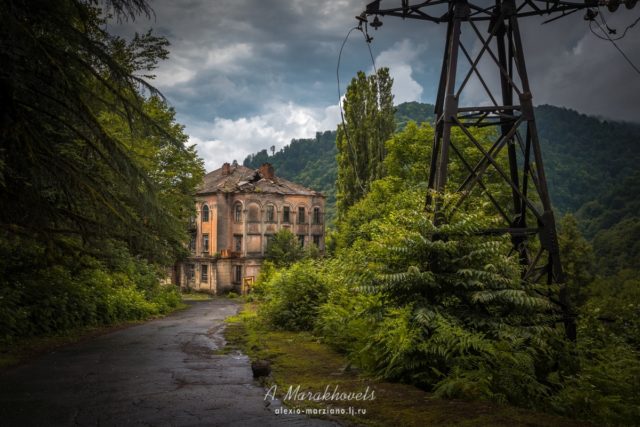
Since it was located in picturesque mountains, the former village of Akarmara came to be seen as an elite area and a popular place to live.
Factories were built to process high-quality coal. Later, other industries appeared, such as construction and food enterprises. The city was self-sufficient, producing all the necessary goods for its residents. In the 1970s, the population was about 25,000 people.
However, in the 1980s, economic cooperation between the countries of the USSR began to weaken, and in some cases cease altogether. As the city began to empty, the population of Akarmara reduced to 5,000 people, mainly miners and their families.
Akarmara was finally brought to its knees by the Georgian-Abkhaz conflict that arose after the collapse of the USSR from 1992 to September 1993. Hostilities flared up because Abkhazia refused to submit to Georgian troops.
There was only one road into the city which was cut off by enemy forces in a siege that lasted 413 days.
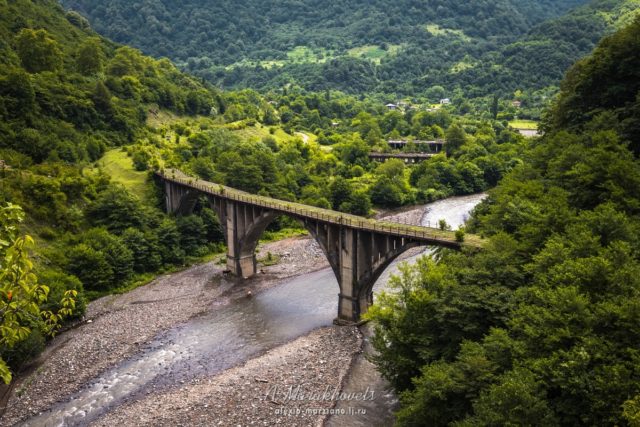
The city was bombarded by artillery, destroying all the industrial infrastructure. Structures and roads were decimated by shelling and bombs.
Helicopters became essential as they offered the only method of communication within the area and also delivered food and weapons.
Many citizens were starving during the siege and disease was rife. There were many fatalities and, unsurprisingly, after the war ended, virtually no one returned to this derelict place.
After the war, the President of Abkhazia gave Tkuarchal the title of “Hero City” in recognition of what had happened there.
Some state funds were allocated to the city to help it back on its feet, but most of the money was employed in the center, meaning that outlying regions like Akarmara were still left destitute.
However, one part of Akarmara has risen from the ashes.
Back in its heyday, the village was known for its natural water sources which were considered healing due to their sulfur-alkaline content. Radon baths were built to capitalize on this natural resource.
The waters of Akarmara were characterized by a small amount of radioactivity and a temperature of 35 degrees Celsius.
During the years of Soviet rule, a bathhouse with space for 400 visitors was built. It was so popular that bookings were taken several years in advance.
Unfortunately, during the war, the bathhouse was destroyed. The roof collapsed, and the bathtubs fell into a dilapidated state, although the healing water continued to flow into them.
In April 2017, a proposal was made to restore the resort, although this time it would only off places for 35 people instead of the previous 400 visitors it had been able to accommodate. As a result, in the spring of 2018, the first patients visited the brand new radon baths.
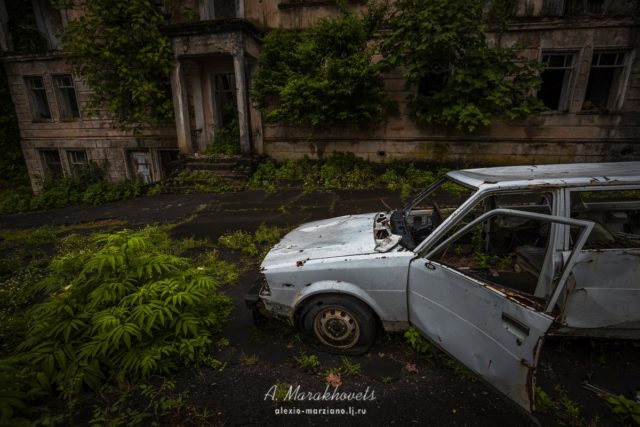
Sadly, restoring the bathhouse did not mean restoring the village as a whole. Statistics from 2018 show that only about five families live in the district now, either those who are too old to move or those who have nowhere to go.
The remaining residents rely on individual agriculture and scavenging building supplies to keep their lives ticking over. Their presence in Akarmara does not prevent the village from being considered a ghost town.
Many of the buildings have succumbed to nature, which has already covered many structures with subtropical vegetation. This place is attractive for seekers of forgotten civilizations and abandoned places.
In addition, visitors are also drawn by three impressive waterfalls named Saint, Irina, and Giant, as well as the chance to chat with the remaining locals and discover more about how this community was once thriving and affluent.
However, access to Akarmara is tricky since there is more a “groove” than a road to follow after all the roads were damaged by the war.
Furthermore, trains no longer run now that the Akamara station is abandoned and the rails have been removed from a nearby bridge.
These fantastic photographs of this forgotten village belong to Marakhovets Alexey. A big thank you to him for giving us permission to use his photos.
Alexey is a traveler and photographer with a dream to visit all countries around the world. He has already visited 40 countries. Alexey runs his own blog about the information he collects during his trips adding impressive photos taken by himself. You should definitely check his LiveJournal account via this link.
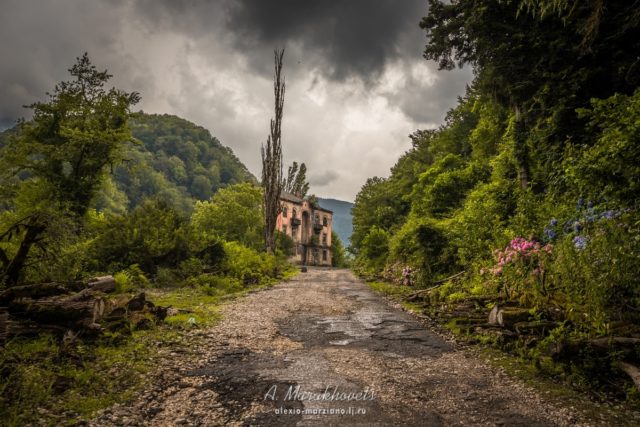
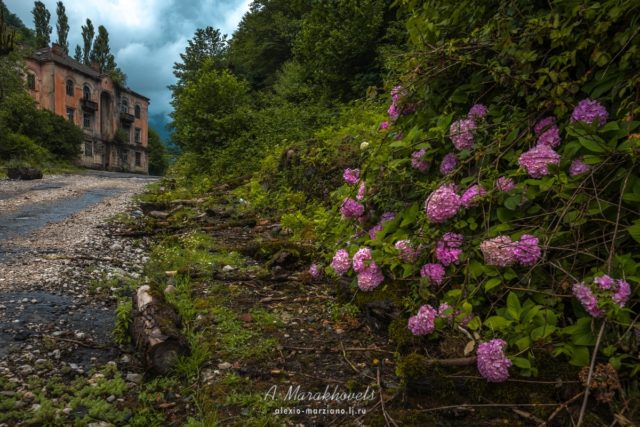
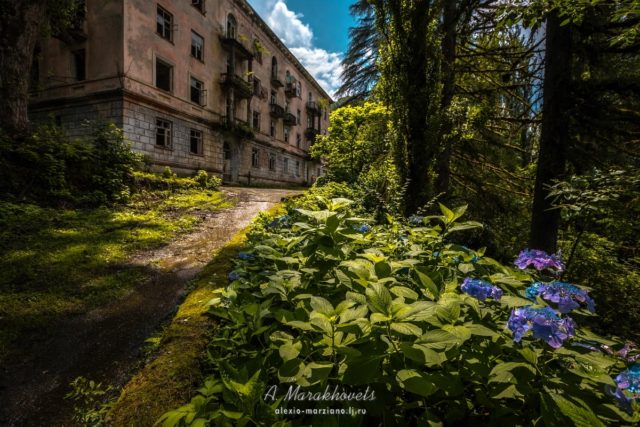
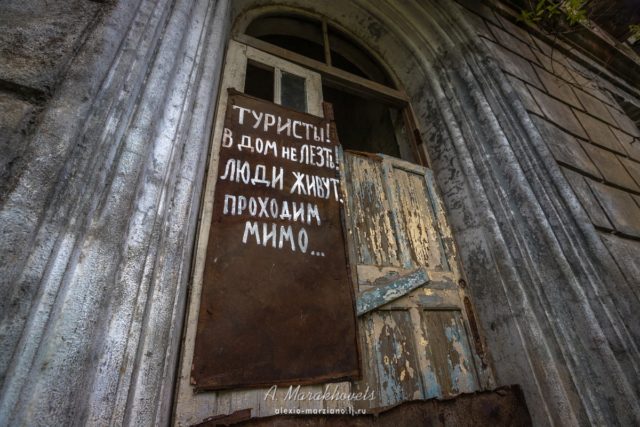
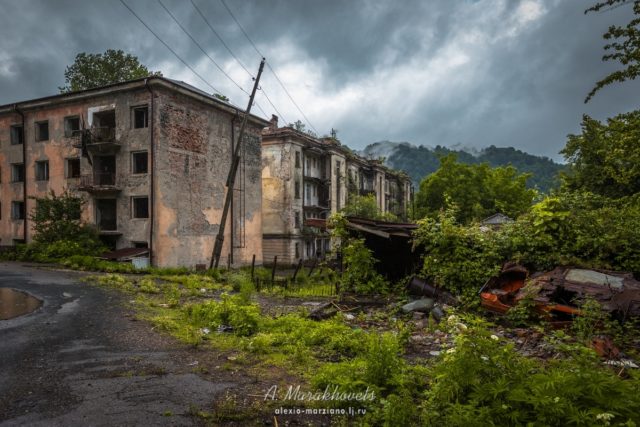
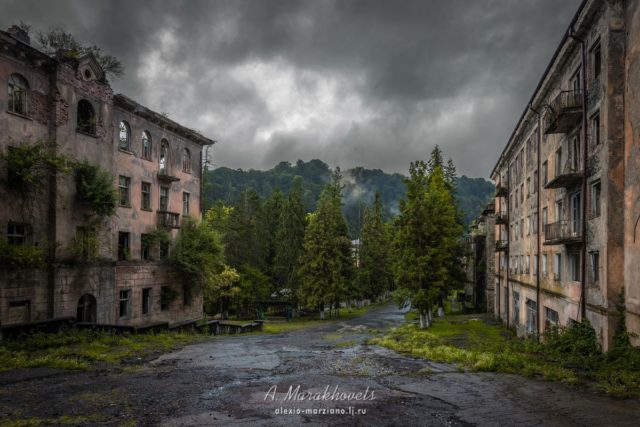
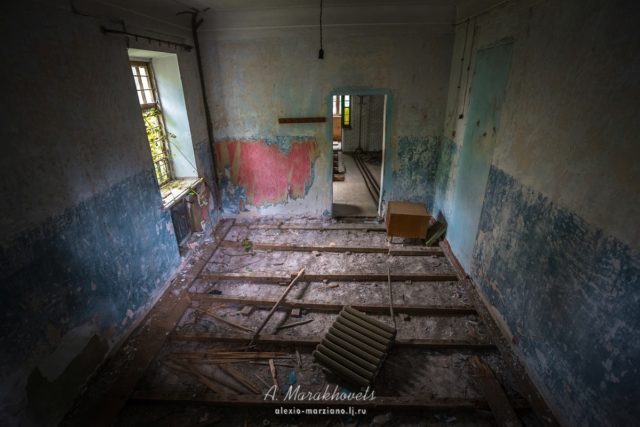
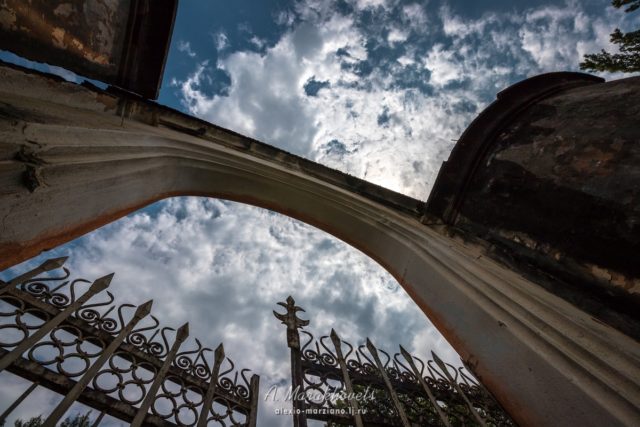
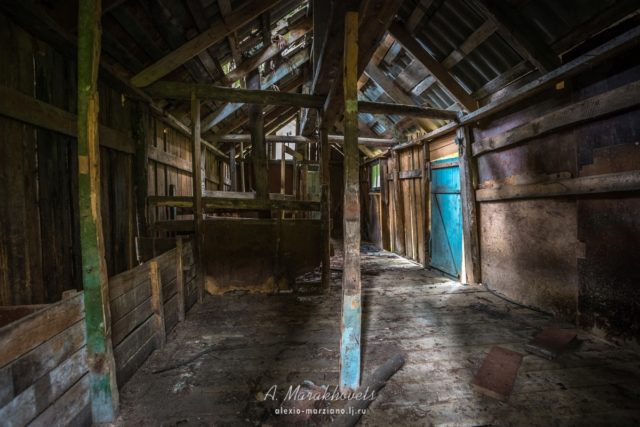
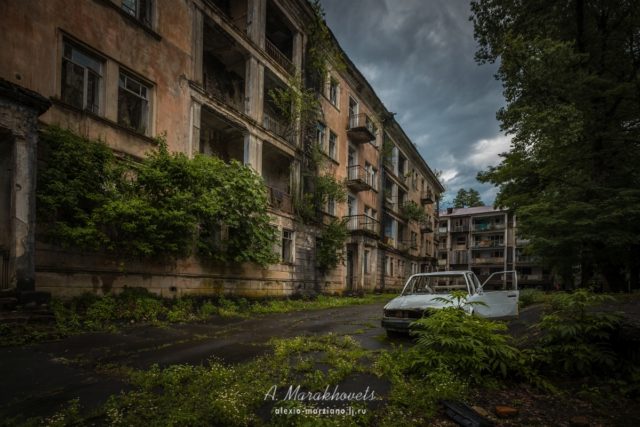
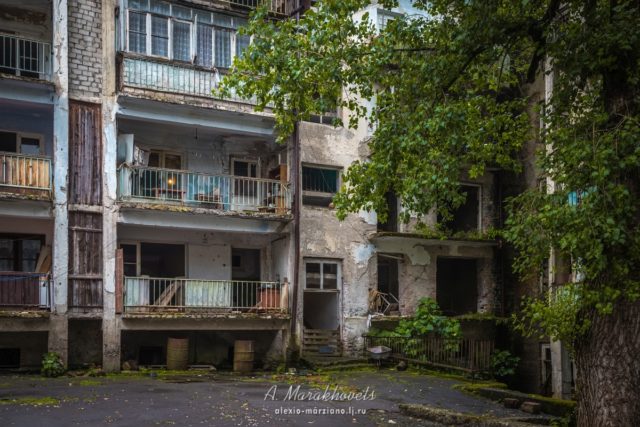
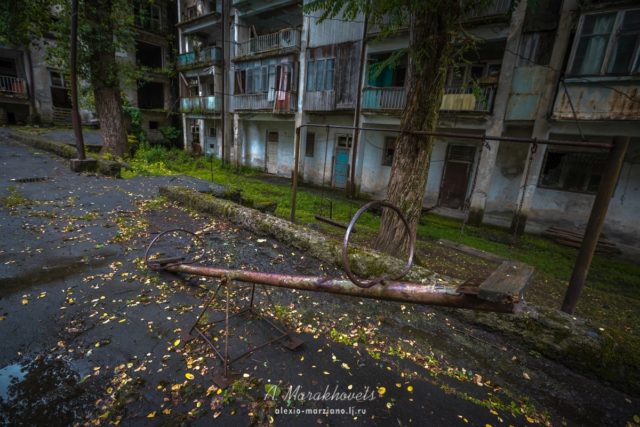
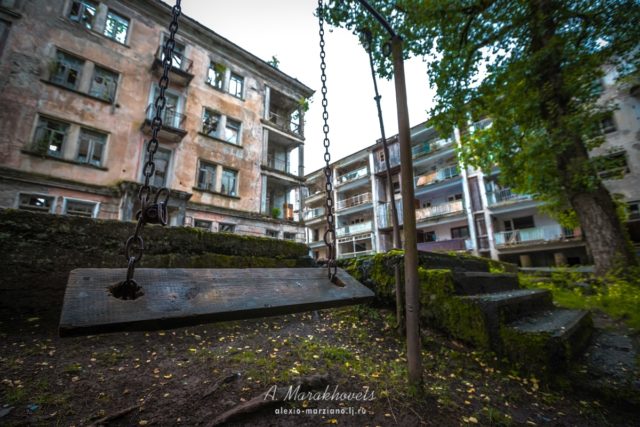
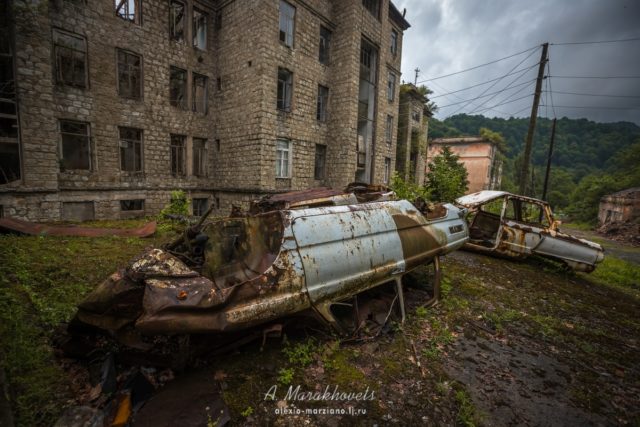
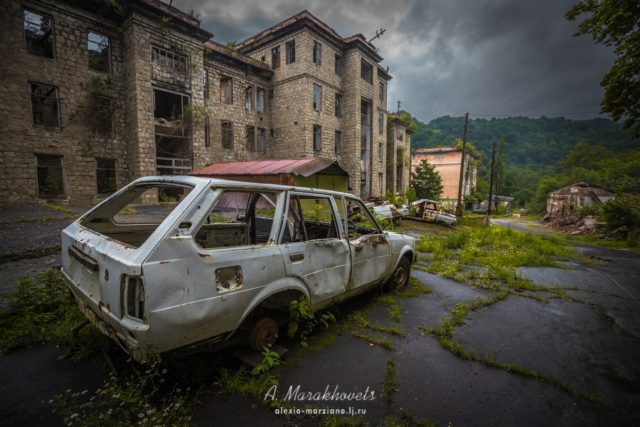
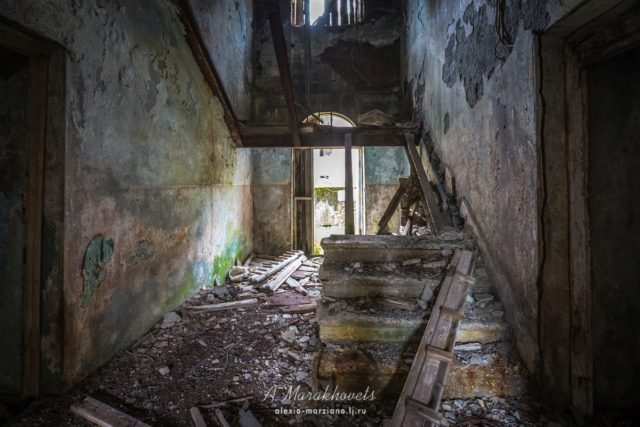
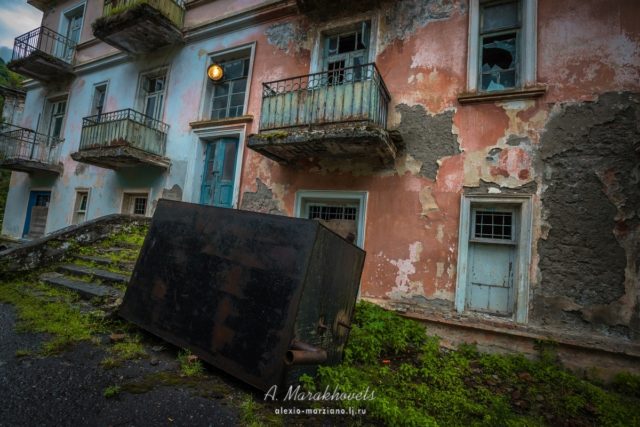
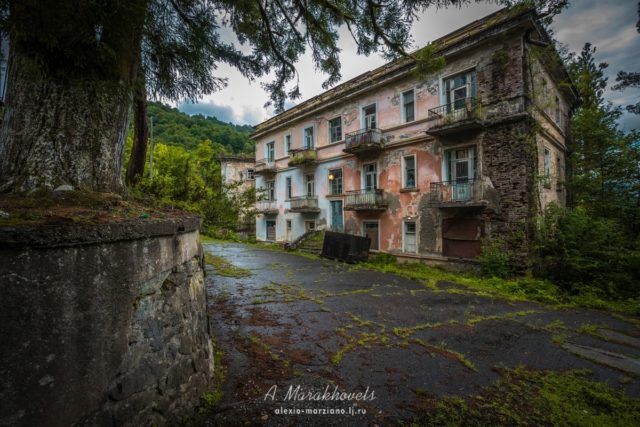
The Wrecked Monsour Medical Center
